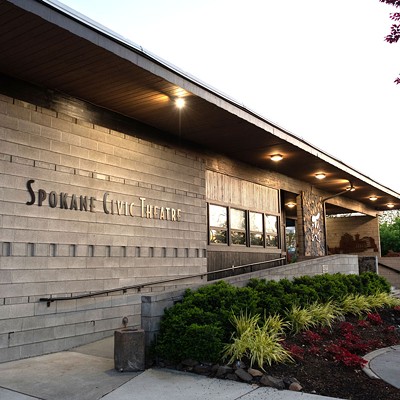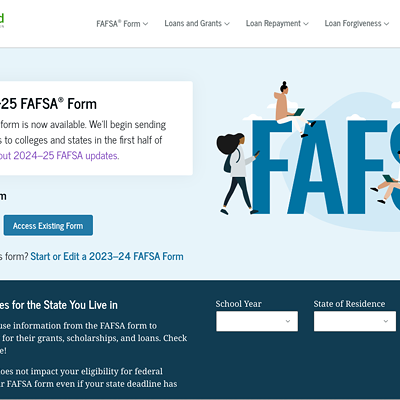Tuesday, July 9, 2013
No initiatives to the people for you, Washington
The people don’t appeal directly to the people anymore. Washington voters will see no initiatives to the people on November ballots.
Initiatives to the people — AKA direct initiatives — are put to public vote after submission by petition (if approved by the Code Reviser, who checks the petition for style and clarity). Petitions can include any issue from limiting elected officials’ salaries to changing the
state seal to a blood-sucking tapeworm.
Direct initiatives require enough registered Washington voter signatures to match 8 percent of the previous year’s voter turnout for the governor’s election, which in 2013 amounted to 246,372 valid signatures. It’s recommended for initiatives to have a 20-25 percent buffer to account for invalid signatures — out-of-state, repeated or fake ones don’t count — so petitions really need more than 300,000 signatures to have a chance.
Once the signatures are collected, the initiative sponsor must submit the petition to the Washington Elections Division on deadline, which was 5 pm Friday, July 5 for this year. Once submitted, the Elections Division checks the validity of the signatures and sends it to the Office of the Secretary of State, where it gets certification to go to the ballots.
This year, although 80 petitions were filed between January and the deadline, no signatures were submitted. The Elections staff says that I-1307, the Washington State Firearms Freedom Act, was supposed to submit its petition, but the sponsor did not because it was clear that it would not meet the 246,372 quota, the bare minimum.
“I imagine a lot of times, sponsors realize that they just don’t have the support they need (to get on the ballots),” Brian Zylstra, deputy communications director for the Secretary of State office, says. “Sometimes there’s just not enough time, money or signature gatherers.”
Initiative activist Tim Eyman says that getting 300,000 signatures in the allotted time — 10 weeks — is a “Herculean effort.”
“No matter how popular your initiative idea is, getting out and finding enough people to support it, logistically that’s really difficult,” Eyman says.
The Secretary of State’s initiative records show that between 2010 and 2012, of the 219 initiatives filed, only 11 jumped all the hoops to get to the polls.
Historically, the lack of initiatives to the people is not unheard of — since 1914, voters saw no initiatives to the people in 10 November ballots. However, this is the first year without one since 1989.
But there is hope for vote-happy Washingtonians. The fates of two indirect initiatives - the Protect the Initiative Act (I-517) and the People’s Right to Know Genetically Engineered Food Act (I-522) - have been left to the polls.
Petitions for indirect initiatives, like direct initiatives, must be reviewed by the Code Reviser, checked by the Elections Division and certified by the Secretary of State, but then it takes a different route.
Instead of waiting for public vote, the petition is sent to the Legislature, where one of three things happen: 1) legislators can adopt the initiative as it is during the legislative session, 2) send it to the ballots for the public to decide, or 3) send it and a legislative alternative to the ballots for the public to choose which one, if either, to support. In both I-517’s and I-522’s cases, legislators are giving it to the people to decide, so Washington voters will get their say after all.
Tags: initiatives , November elections , News , Image















